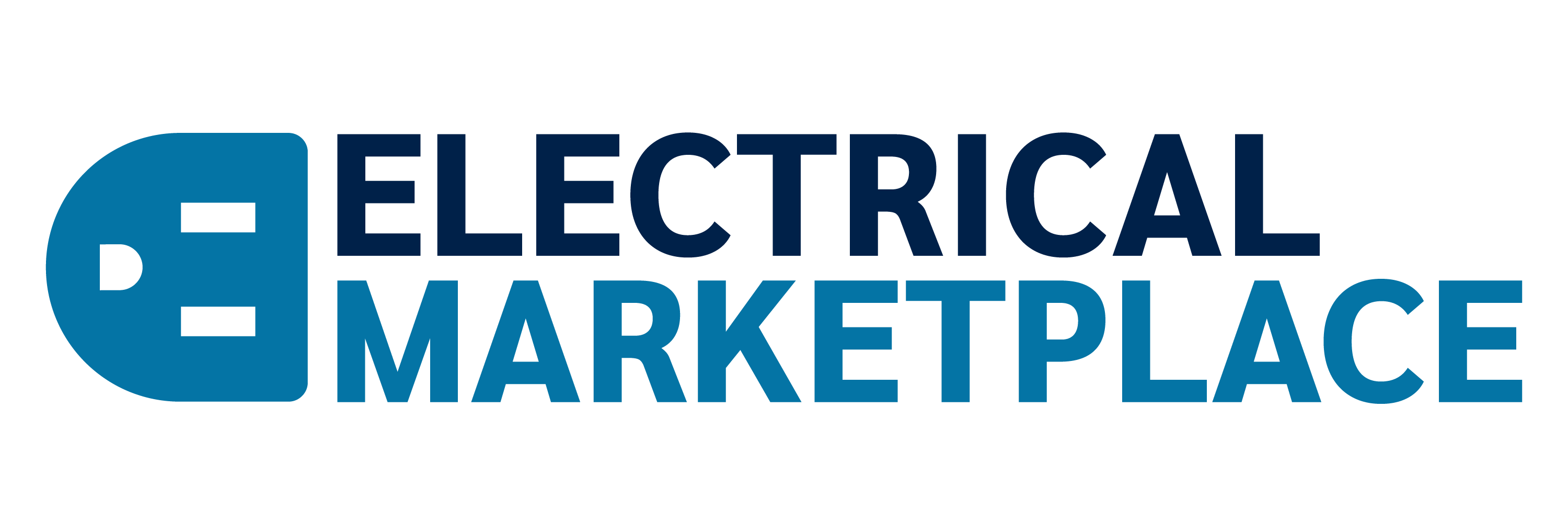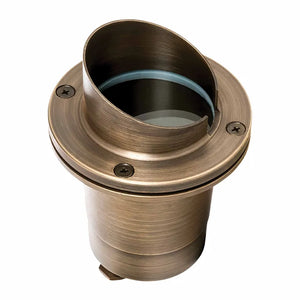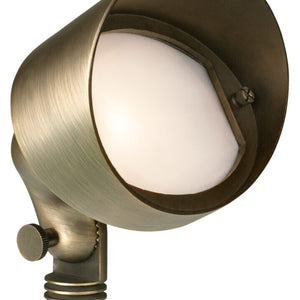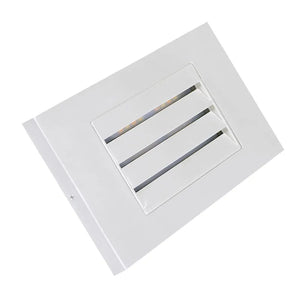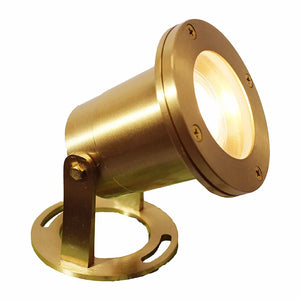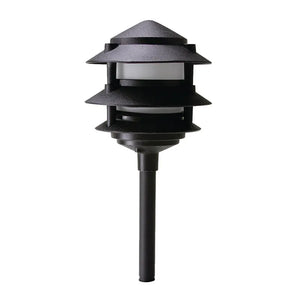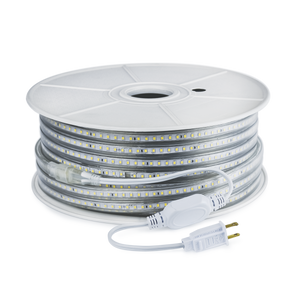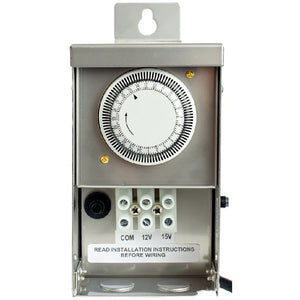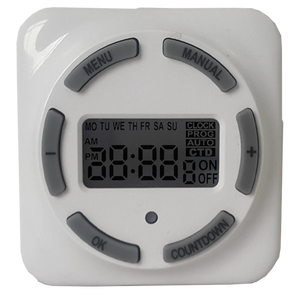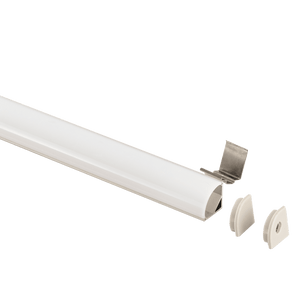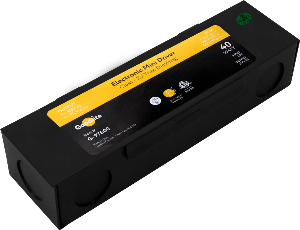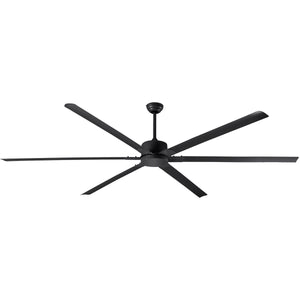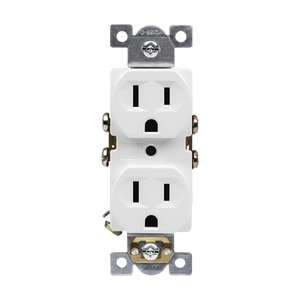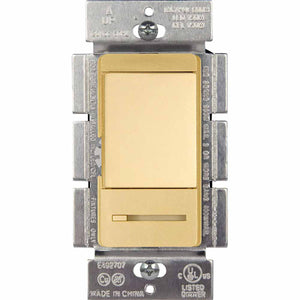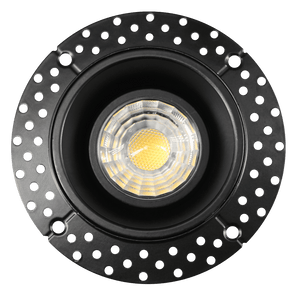
In recent years, LED lighting has become increasingly popular as an energy-efficient and cost-effective lighting solution for both residential and commercial settings. One area in which LED lighting has shown significant promise is in its effect on work productivity. In this article, we will explore the ways in which LED lighting can impact work productivity and provide tips for optimizing your lighting environment. Follow along by checking out Electrical Marketplace LED Lighting products that may fit your use case.
Benefits of LED Lighting on Work Productivity
-
Increased alertness and focus: LED lighting emits a cool, bright light that mimics natural daylight. This type of lighting has been shown to increase alertness and focus, which can lead to improved productivity in the workplace.
-
Reduced eyestrain and headaches: LED lighting can reduce eyestrain and headaches by providing a more uniform and consistent light source that is free of flicker and glare.
-
Improved mood: LED lighting can improve mood and overall well-being by promoting the production of serotonin, a hormone that regulates mood, appetite, and sleep.
-
Energy efficiency: LED lighting uses less energy than traditional lighting sources, which can result in significant cost savings over time. This can lead to more resources being allocated to other areas of the business, further enhancing productivity.
Tips for Optimizing LED Lighting for Work Productivity
-
Use task lighting: Task lighting, such as desk lamps or under-cabinet lights, can provide a focused and directed light source that can improve productivity by reducing eye strain and improving focus.
-
Consider color temperature: Color temperature is measured in Kelvin (K) and refers to the perceived warmth or coolness of a light source. A color temperature of 5000K is often recommended for work environments as it mimics natural daylight and can increase alertness and focus.
-
Use dimmer switches: Dimmer switches can allow for flexibility in the lighting environment, enabling employees to adjust the lighting to their personal preferences.
-
Ensure even distribution of light: Uneven lighting can cause eye strain and headaches, so it is essential to ensure that light is evenly distributed throughout the workspace. This can be achieved through the use of multiple light sources or by ensuring that fixtures are properly positioned and spaced.
Conclusion
In conclusion, LED lighting can have a significant impact on work productivity by improving alertness, reducing eyestrain, and promoting overall well-being. By implementing the tips outlined above, businesses can optimize their lighting environment and reap the benefits of increased productivity and cost savings. Electrical Marketplace hosts a wide selection of lighting that, as shown above, can boost your productivity!

